For most of us, it’s been quite a challenge to pursue our normal photographic interests during the countless and lengthy Covid lockdowns over the past few years. My difficulties have been compounded by personal health issues, but I have learned to be adaptable.
One aspect of my photo quest has still been readily available — capturing surreal images of other worlds. They are all around you, but one just must be in the observing zone instead of distracted by the phone or the cares of the world.
The lockdowns reinforced that I do not need to travel to exotic locales to capture evocative pictures – image opportunities are all around us. It just means being mindful and really seeing what surrounds us. In my case, this meant sticking to my area of British Columbia in Canada.
The scene of the athletic ghost below would be missed by most people as they walk along, staring at their smartphones instead of enjoying the environment surrounding them.
Photographic style
My style of photography, including black and white, will not be everyone’s cup of tea, so you do not need to like it. Most people do not enjoy dark beer, but I drink Guinness because I love it.
So it is wonderful when we have different choices that are perfect for each of us. Do not do photography or any art form to get the approval of others; it is a very personal artistic expression that is for your own gratification. Artistic expression is very subjective and has no rules. Be yourself as an artist. Discover and pursue your own style.
A happy artist must have a thick skin and believe in themselves to handle the inevitable critics. As an example, my very practical wife does not understand why I would take photos of strangers, but I carry on because it makes me happy. And that’s all that matters. Nevertheless, she does enjoy my family photos and my black and white images, which is what got me into photography back in the 1970s. As a result, she has always been supportive of my photographic endeavours, even if she does not enjoy all of them.
Another world!
Below is a picture of the little planet Ladysmith that I used to live on. I recently moved because I was getting tired of the commute to other places, but it was a pleasant coal mining heritage place. This image shows that Ladysmith is not just another place but instead is truly another world!
I really enjoy that the train is travelling around the planet. I often hear photographers say they have taken everything locally, but the light is always changing, and maybe a new creative approach is needed. There is always fresh material if one is in the moment and tries new viewpoints and times of day; it helps to study great photography and paintings to stimulate the creative juices and get out of a rut.
Ladysmith is famous for its Festival of Lights, and in non-virus times about 10,000 people turn up for “light up”, which is when the Christmas lights are turned on all at once, and then a Christmas parade starts. I have sold several large prints of this image and countless note cards, and it was on the front cover of a regional magazine. The town contacted me about using it on their website, and at first, I was willing. However, I declined when a lawyer contacted me about the rights to the image. My camera was damaged taking this picture, so I was not about to give the rights away.
In general, I find that the best Christmas light pictures are at twilight, but it only lasts a few minutes in the evening and morning. Hence, it is important to plan the location and be quick to capture the images – this is no time to be exploring complicated and seemingly irrational camera menus. Personally, I find it good to practice using the camera at home so that muscle memory develops, and its use is second nature. This is a far more productive activity than pecking away at the phone.
For the type of image below, the camera must be in full manual mode: manual exposure, manual focus, and manual white balance. The exposure and focus must stay the same, or the image will not match up seamlessly when processing the panorama.
I pre-checked where I wanted to take the photo a few days earlier. I waited for a clear sky forecast and then got up at four and headed out into the darkness. I thought I was fully prepared, but making images is a constant learning experience. It was a total surprise how many times I had to move the tripod off the road due to frequent cars. It ended up being necessary to mark where the tripod feet were. It was unusually bitterly cold, but I was delighted with the result. Getting out of your comfort zone can be rewarding!
Parallel worlds
Parallel worlds are captured in windows where reflections on the glass are combined with people or mannequins appearing to merge with the exterior world. For this type of image, I usually prefer black and white as I find it makes the image more surreal in general. Monochrome also helps create visual layers that add a sense of mystery. However, I do enjoy some of these types of images in colour. Do what pleases you.
A talented Leica photographer, David English, published an inspiring article in November 2016 on The Leica Camera Blog entitled Parallel Worlds. He discusses key aspects of the following style of photography. His photos are a delight plus the article is highly informative. His term for this style of image is “parallel worlds”. It is very apt. David’s monochrome images are spectacular. He is blessed to live where there are amazing sky-scratcher buildings that create wonderful reflections. Where I live, most buildings are not very tall, so I will be moving😊. Or maybe I can be creative here. For Leica M glass lovers, his articles are a valuable and inspirational resource for those who appreciate B&W.
Monochrome parallel worlds
Black and white images illustrating this style of photography are shown below. I process all monochrome images in Nik Silver Efex Pro – it is a brilliant plug-in for processing images. In the raw colour file, no matter what method is used to convert the image to monochrome (Lightroom, Capture One, Silver Efex), it is important to prepare the image carefully in the RAW processor before converting it.
The white balance should be set carefully as it will significantly impact the colours, tones and hence the conversion process. It is also critical to adjust the contrast of the image so that there is great tonal separation, especially in the mid-tones. Later, Silver Efex allows amazing control of contrast and colour conversions so that the layers in the image can be finessed. To learn Silver Efex, the presets can be explored and used while getting comfortable with the program. However, taking the effort to learn the effect of various effect sliders is valuable and much more satisfying.
Another image that only works for me in black and white is shown below. I noticed the ghost of a woman in the window as I was crossing the street in a crosswalk. I moved over into the middle of the street to create a better composition and then made the image. Cars stopped to allow me to capture the photo safely. They probably thought I was a nutty tourist as this was taken in a popular tourist destination. Immediately after capturing the image, the ghost disappeared. I gave everyone a smile and a thumbs up, and they smiled back. I promptly disappeared, just like the ghost.
In colour, the ghostly figure is hardly noticeable, and the red brick exterior and colourful bicycles become the subject. I love how the monochrome image has gorgeous texture and tones.
Colour versus monochrome parallel worlds
In general, I do not like colour parallel world images. As an example, the following image in colour does not work for me. It is much harder to have a layered image in colour, and it is not appealing to me for several aesthetic reasons. For most images, I much prefer the abstract surreal quality of black and white photographs. However, just like any style of photography, some images are better in monochrome, some are better as colour images, and some are great in B&W or colour. But the monochrome image always will communicate very differently than the colour version.
The following images I do like in colour. They may also work in black and white, but I have not tried to process them as monochrome.
The picture below was captured outside a car repair shop. I noticed these gentlemen taking a cruise in their pristine Cadillac convertible with a lovely Thunderbird behind them. They look like they are enjoying their day.
While walking along the street, I suddenly observed this ghostly classic barber shop emerging next to a coffee shop counter. Luckily, I had a camera with me to capture this experience, or nobody would have believed me.
Always wear a camera
I like to carry a camera all the time, and it does annoy my wife, especially when going out to dine. But she doesn’t carp quite as much after forty-two character-building years of blissful marriage. My current choice of camera to wear is the Leica M11. It is replacing my Leica M-E (Leica M9 variant) as my go-for-a-walk tool. Fortunately, I find the M11 has a very similar gorgeous rendering as the M9. For me, Leica has managed to put most of the magic pixel dust from the M9 into the M11. I no longer miss my amazing Kodachrome. So, my lovely M-E version of the M9 is now looking for a new home.
I have an Apple iPhone 12 with me at all times but have never captured a real photo with it. Based on my experience, I cannot manage taking photos with a camera without a viewfinder. It also violates trying to steady a camera while taking pictures with my vibrating hands. I must have a viewfinder, and I must be able to control the depth of field. Hence, carrying a camera is a must for my photography pleasure.
Yet I do see many great smartphone images. I also see lots of fantastic images by the “ancient” technology Leica X cameras. Hence, what is important is to carry a camera that you enjoy. The latest technology is not an important aspect for most people. The captured image is what matters. An evocative image does not even have to be in perfect focus, as shown by many iconic images. Also, do you enjoy your image capture tool?
The picture below depicts an entry into a very ominous area. I deliberately left the reflection of daylight in the image so that the very observant will realise that this is a painting of an entry on the wall where a door used to exit. A very creative solution to what would normally be a scarred patch on the building!
Viewpoint
Light is the key to all photography, as we all know. However, capturing parallel worlds is particularly sensitive to the position of the sun and the angle of view. In fact, one side of the street can offer nothing of interest, yet the opposite side can offer endless amazing opportunities. Then the light shifts location, and the opposite side of the street is now a goldmine.
Opportunity is everywhere
It is important to create opportunity and not just react to the day. On a business trip to Vancouver a few years ago, after the event was over for the day and instead of doing the scheduled mind-numbing networking activities in the bar, I took my camera out for some therapeutic exercise.
As I explored the surrounding streets, I suddenly walked down an obviously high-crime street where I felt far less than comfortable. There were needles on the sidewalks everywhere and unsavoury-looking characters eyeing up my suit with undisguised appreciation.
While thinking about a wise quick exit to stage left, I suddenly spotted a window with a hole and several cracks. The contrast between the broken window and the stylish figure was perfect. After capturing the image, I quickly moved off that street before becoming another crime statistic on the evening news.
Using a polariser
I sometimes use a carefully adjusted polariser to regulate the level of reflection on the glass and help the hidden world emerge and blend with the external world. Obviously, this technique does not work with a rangefinder unless it has an EVF mounted. Also, if you are not careful with the polariser setting, you will totally lose the effect of the reflection. So, it is important to carefully set the polariser to adjust the balance between the hidden world and the reflected world. In the image below, I wanted to remove most of the reflections on the window glass.
Night images
Parallel worlds can also be captured at night. I love the grittiness of the image below. This photo is particularly memorable for me. I can remember the whole costly experience of capturing it. I was driving to an appointment and spotting these ghostly figures, I quickly pulled over. I grabbed my camera and scrambled out of the car.
It was pitch black outside, and my iPhone fell face down onto sharp-edged gravel. Looking around for it with no luck, I then made the mistake of stepping back and heard a heart-sinking crunch. The phone was destroyed. Even my wife agreed that I needed to upgrade. Photography can be an expensive hobby. Every time I look at this photo, the crunch moment returns to me, and I remember being forced to upgrade my phone. C’est la vie.
Another way to find night images is to look for fogged windows in the winter. Condensation on a window, frosted glass, steam, or smoke all help to create layers in an image. All offer wonderfully creative ways to capture alternative worlds.
In the image below, I love the figure with the open mouth in the background. I positioned myself to capture that person at the right moment. I was there for a few minutes, and the people in the foreground did not notice me as they were engrossed in their electronic world, unaware of the reality around them.
It was quite chilly outside, and as I stood there waiting for the gesture moment, I imagined what was happening in the other world behind the condensation.
Keeping things simple
Keeping things simple is an important life lesson. Simplicity facilitates mastery. Simplicity helps with reliability. Simplicity enhances contentment. Less is more!
I am always on the alert for fleeting image opportunities and am ready for them – that means my camera is set up so I can capture an image quickly without having to think about what mode it is in. Generally, I need only change the aperture for the depth of field I desire. If I need to change the aperture, I just count clicks as I lift the camera to my eye or before I lift it.
I keep my camera settings simple, so I am in control instead of having to wonder what mode it is in and then change unpredictable computer AI automated modes to suit the situation.
Searching menus is not my cup of tea, and it breaks being in the moment. My preference is to be very competent and familiar with how the camera is going to capture the image. Generally, my Leica SL2-S is in AFs focus mode, A or M mode, a suitable ISO selected, and centre-weighted exposure metering selected.
For autofocus, I use spot AF with the AF focus point centred so that I just focus and recompose. This is second nature as I have been doing this style of focus since the 70s with DSLRs and rangefinders.
For me, it is fast, simple, and reliable. I am in full control of my image capture. I do not have to wonder what the AI computer-based options are doing to place the focus point and exposure during a candid moment.
And my Leica M11 is essentially in the same mode as the SL2-S, so switching cameras is naturally achieved. I want to achieve mastery with my camera and photography.
As a possible point of interest, I used to own both the SL2 and the SL2-S but preferred the SL2-S for its incredible low noise compared with the SL2. In general, I do not really need more pixels than 24MP as even printers dither the pixels (which also eliminates minor noise that can be seen on the computer screen) at reasonable printing sizes for most people.
Hence, I sold the SL2 to purchase the M11. The M11 provides an unnecessary plethora of pixels for my colour use, but the extra pixels are wonderfully useful for capturing detail and tones in images converted to black and white.
Achieving mastery
There are four levels of learning to achieve mastery:
- Unconsciously Incompetent
- Consciously Incompetent
- Consciously Competent
- Unconsciously Competent
Unconsciously incompetent is the beginner learning stage of a new skill or subject. I find a lot of photographers stay at this level as they do not invest in education and learn the basics of photography. The AI technology in digital cameras has allowed people to capture images with no skill or understanding involved. They occasionally get lucky taking a photo that is reasonably good or even spectacular. I have no problem with people that enjoy photography if they want to stay at this stage and capture whatever they want.
Consciously incompetent is the stage where the person starts to realise that there is a lot that they do not know. Such as how do I blur the background of my image. To move beyond this level, education coupled with lots of experience is required. Unfortunately, I find these days, most of these people will just keep upgrading to the most expensive pro-level cameras because “it will take better pictures”.
I have painfully overheard these types of conversations at camera clubs. When I suggested taking online courses, they did not want to pay for them. They felt the best investment was more thousands in the latest pro camera. I eventually quit both camera clubs as I had joined to be inspired by others, but it was the contrary. Back in the film days, camera clubs were far better in my experience because people invested in learning the technical and aesthetic aspects of photography.
Consciously competent is a somewhat unsatisfying level. One is competent, but things are not natural. A person must put in many hours to be more experienced with the knowledge.
Unconsciously competent is the mastery stage of learning. The person does not have to consciously think to achieve the desired result. As they say in sports, you are in the zone. As an example, muscle memory is used in sports as well as photography. This aspect of mastery comes with much practice.
The camera becomes totally intuitive to use and an extension of your arm. One can look through the viewfinder and adjust the aperture in the correct direction and the number of clicks while focusing on the composition and decisive moment. There are many aspects that impact mastery, such as being familiar with how the camera exposure meters in various lighting situations, highlight headroom, and so on.
When I change from one camera to another, I start out at the consciously incompetent stage regarding the use of the camera. It is a very frustrating experience. I must struggle with the manual for days and then take the camera out for a spin to figure out what I still do not know. Roaming menus to set basic settings up is a further irritant.
Then, once I get consciously competent with the camera, it takes me a long time to get to unconsciously competent with the camera’s controls – the haptics. With some cameras, I never got to mastery – I had the Sony A7R for two horrible years and could not get on with the haptics or menus or colours.
I missed so many decisive moments due to issues with trying to press tiny flush-to-surface buttons and so on. I even stuck stainless steel nipples on the buttons to no avail. However, that is me. You may love Sony cameras and their colour science. Choice is good for all, and it keeps the manufacturers on their toes to be competitive. Unfortunately, they focus on the megapixel race and other AI features that are not useful for most people.
Master what you like but beware of the siren call of “upgrading”. Is the upgrade really going to allow you to capture more evocative pictures? Have you mastered the lenses you already have? Is the new camera really needed because it will set you back in ease of use until you invest a significant number of hours with the camera? Do you really need 20 frames per second to shoot landscapes? Do you really need eye-tracking focus for shooting kids playing at f/8? Professionals are constantly working, so they adjust a lot faster, but for a hobbyist, the adjustment time is a lot longer, especially if you are jumping brands for the perceived greener grass on the other side of the fence.
Why Leica is my camera of choice
The images in this article have been taken with various cameras and a variety of brands. By the way, I did love the Hasselblad X1D system, but the photographic envelope was too limiting for me. Also, the sloth-like readout of the sensor in electronic shutter mode, required for M glass, resulted in frequent rolling shutter effects. The image files were gorgeous, the colour science was the best I have ever I have used, the craftsmanship was second to none, and the haptics are similar to those of Leica.
Over the decades, I have tried various cameras and have always returned to Leica. For me, Leica has always been about simplicity and straightforwardness. Menu systems are straightforward and easy to navigate if necessary.
Shooting is easy because all the essentials are right at your fingertips. There aren’t a ton of buttons on the camera, or in other words, no clutter and confusion about what a button does. The essentials: aperture, shutter speed, exposure compensation, and focus control are always readily known and accessible. That’s all that matters to me.
I couldn’t care less about all the other added AI features that interfere with the camera being a natural extension in capturing my vision. I know how centre-weighted exposure metering exposes for various scenarios, and I can do exposure compensation easily by tilting the camera and locking exposure and then recomposing. For me, the AI metering methods for both exposure and focus are unreliable and unpredictable. Try AI metering with a heavily backlit scene for predictable results.
I do not normally upgrade every time a camera is updated, as it takes me several months to be fully accustomed to it. As an example, the interface changes on the SL2 versus the SL took me quite a while to develop muscle memory. Some cameras, such as Sony, never became natural to me, even after two years of use.
Sony has amazing glass, but the camera did not suit me. All brands can capture amazing images. However, the important thing is to buy what you like and what fits your style of photography – and, most importantly, inspires you to get off the couch and go out for some shutter therapy.
As an example, I only managed to capture the moment below because my camera was ready to use, and I knew how it was set. I was relaxing in a pub, enjoying a much-needed refreshment break after a long walk. I was curious as to what murky world he was observing. I quickly picked up my camera that was sitting on the table and grabbed the image, and then he moved on.
Observing parallel worlds looking out of windows.
The image below was captured from a comfortable window seat in a pub while I enjoyed a much-needed barley sandwich. I love this image as it reminds me of various paintings by masters that I enjoy.
It illustrates a parallel world viewed from the inside to the outside. I always try to get a window seat, and the pubs are accustomed to accommodating me. I enjoy this image for many reasons. It looks like an abstract painting, and it brings up various emotions for the viewer.
One can imagine savouring a cup of hot coffee or, better yet, a 9-oz glass of Pinot Noir while escaping the chilly, stormy world outside. Every time I look at this image, it brings up happy memories of being in a comfortable place, relaxing and indulging in a sumptuous treat.
For this image, I had the camera on manual focus and a wide-open aperture. It was a challenge to keep the camera at a constant distance from window condensation. With manual focus, I can move the camera slightly forward or backwards to keep the window drops in focus. With autofocus, the focus often shifts to where I do not want it to be, just as the decisive moment happens.
It took about a half hour to see the right elements come together. I captured my concept and then relaxed, knowing I had my image in the bag. I did not chimp it as I was confident that the camera had it. I rarely chimp images as I want to stay in the zone of the moment. I only chimp if I am checking my exposure in difficult lighting conditions. I take a test image, review the exposure, and then I am ready for the real image capture.
Manual focus
My strong preference is to use manual focus for parallel world images so that the camera does not focus on the window glass or suddenly shift to focus on the window reflections. However, autofocus will work but can be unpredictable and unreliable.
Ghosts
Do you believe in ghosts? I did not for many years. This ghostly figure was found in an old building in Vancouver, Canada. She appeared to be in an earlier period wedding dress and pondering some long past loss at the altar. I captured my photo, and she disappeared. I felt a chill as I climbed the stairs to my destination.
I once had a near-death experience with pneumonia in Ottawa after three bouts of it in eighteen months. I was following this lady into the light, but then I survived the illness. Again, always have a camera with you so that you can catch a once-in-a-lifetime moment and can relive the memories many years later. And who is going to believe you if you do not have a photo?
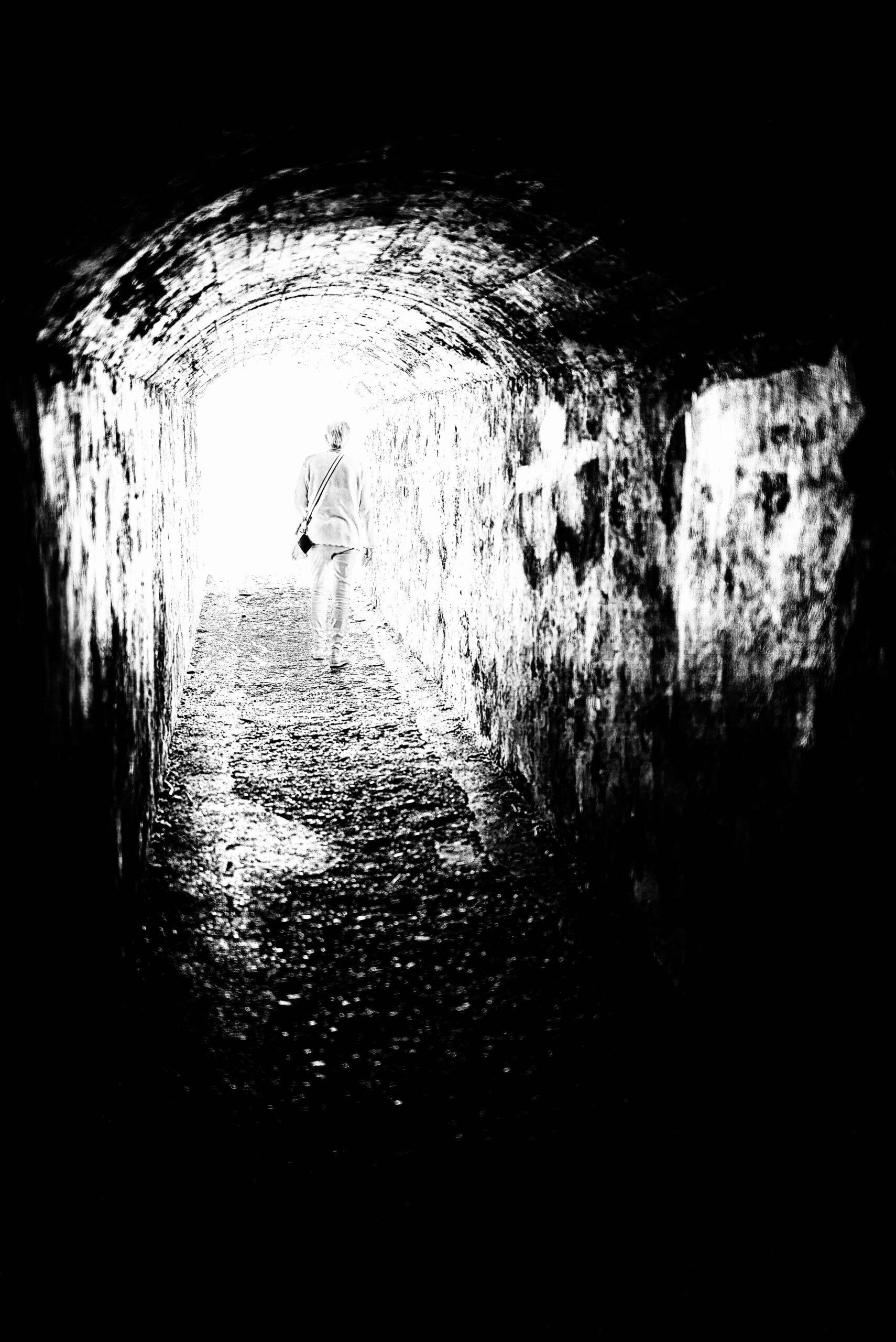
Gazing at other worlds
As previously discussed, surreal worlds can be found anywhere. The picture below was found in a mundane parking lot. I did not take the image the first time I saw it. I wanted sunshine, so noted what time of day the angle of the sun would be perfect and returned a month later. The sunshine brings out a beautiful texture on the wall, and this time there were weird people in the window. I could not determine what was real and what was unreal.
Similarly, I was spooked by the people in the next two images. It appears to be a glimpse into past lives. They seem to be trapped in this world. Luckily, I was not staring at my smartphone as I walked, or these moments would have been missed.
Often, when capturing a picture, people will look to see what I am taking a photo of and then stop to look at it and discuss it. They would have missed it. Ever since the 1970s, I have found that my real joy in photography is that I am very observant of things around me that would normally go unnoticed. Often, the subject may not be appropriate for a picture, but I better enjoy the journey even if there is nothing image worthy.
These days so many people are disconnected from the world around them as they stare at their electronic ball and chain. They are living truly superficial lonely lives. They have no idea what they are missing out on with superficial texting. Photography helps maintain engagement with the world and other worlds.
In line with these thoughts, I power off my phone for long periods so that I am not tempted to turn it on. The phone can be a master or a slave. It can be a wonderfully convenient tool, but most people do not use it effectively. Do you consciously use it at set times during the day, or are you constantly checking it? I find it more rewarding to walk around with it turned off – I managed to live before the mobile phone.


Read more from Brian Nicol
Want to contribute an article to Macfilos? It’s easy. Just click the “Write for Us” button. We’ll help with the writing and guide you through the process.

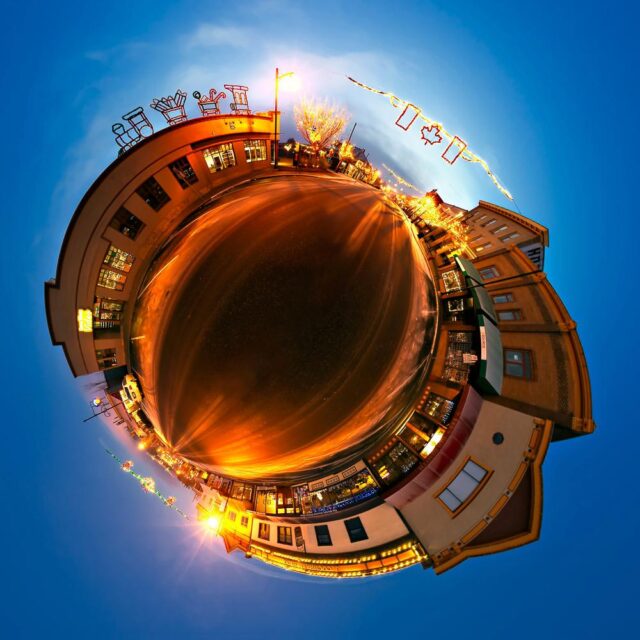
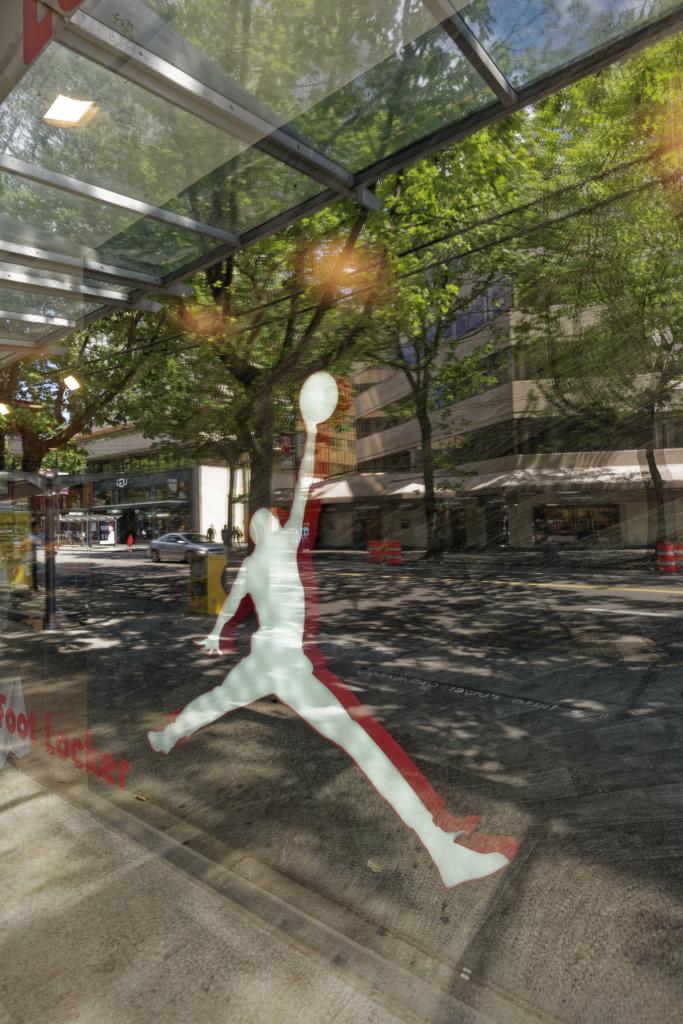
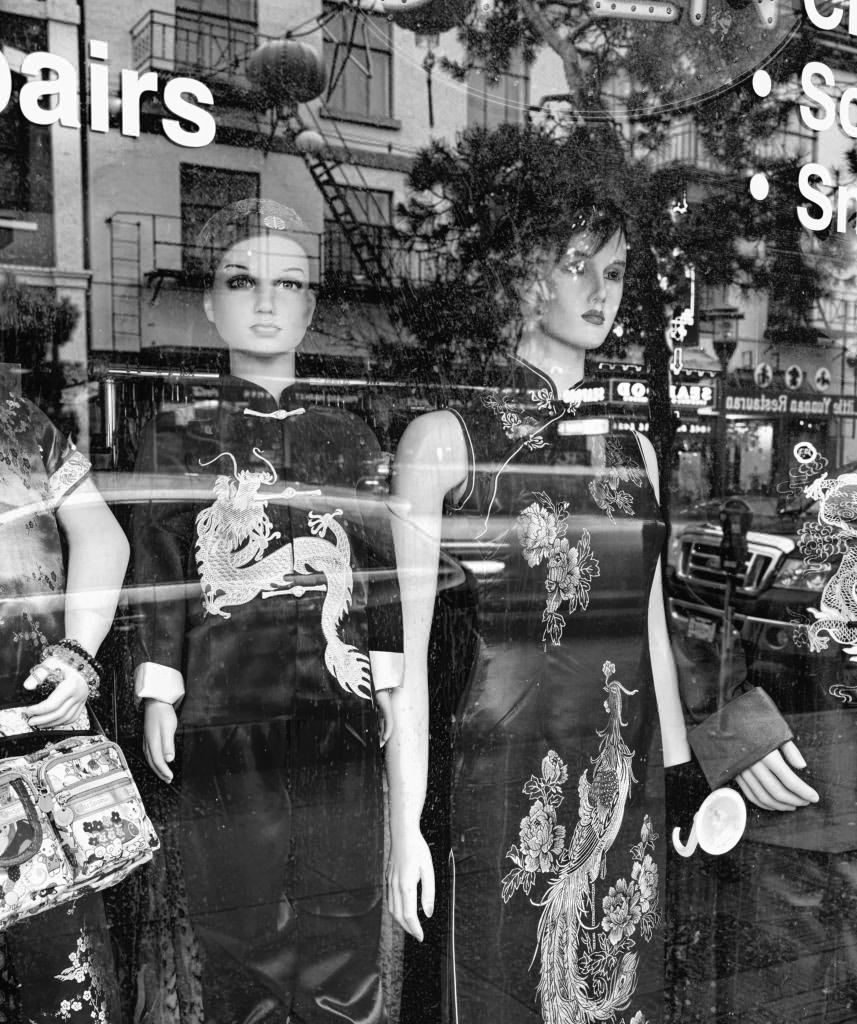
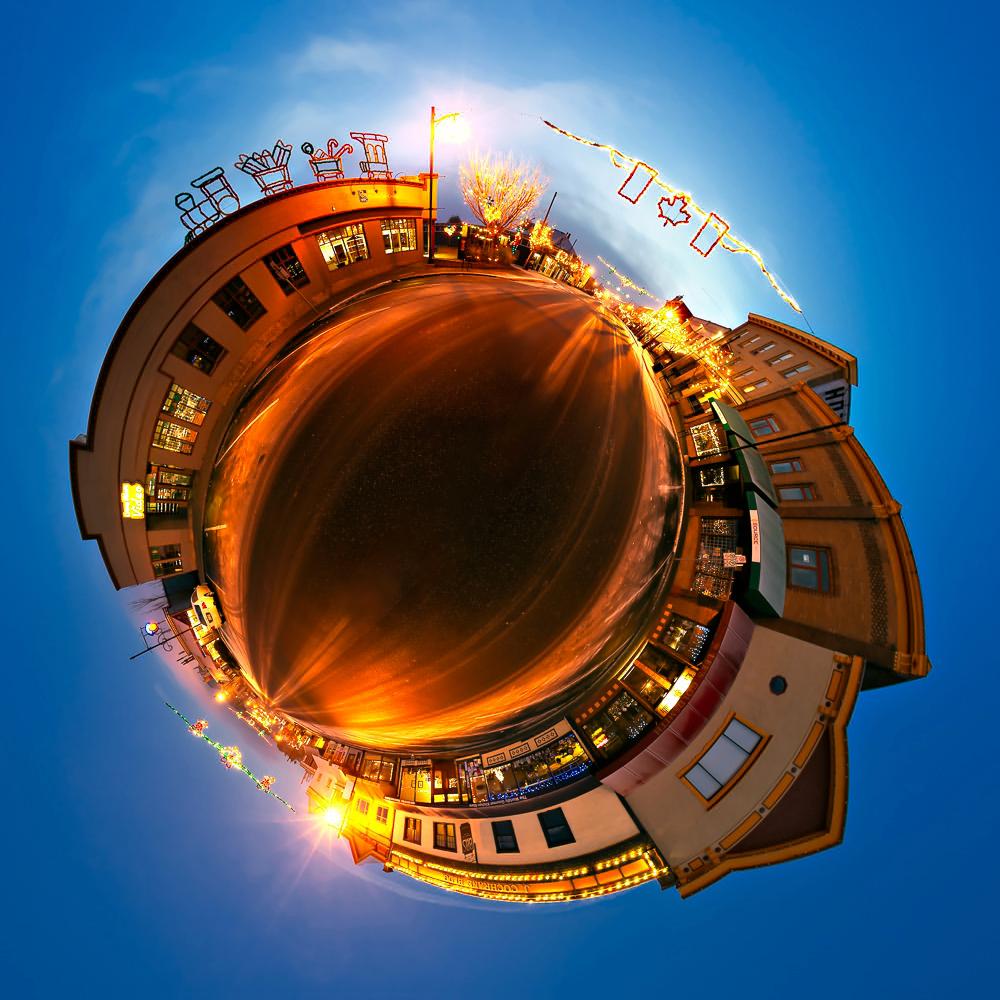
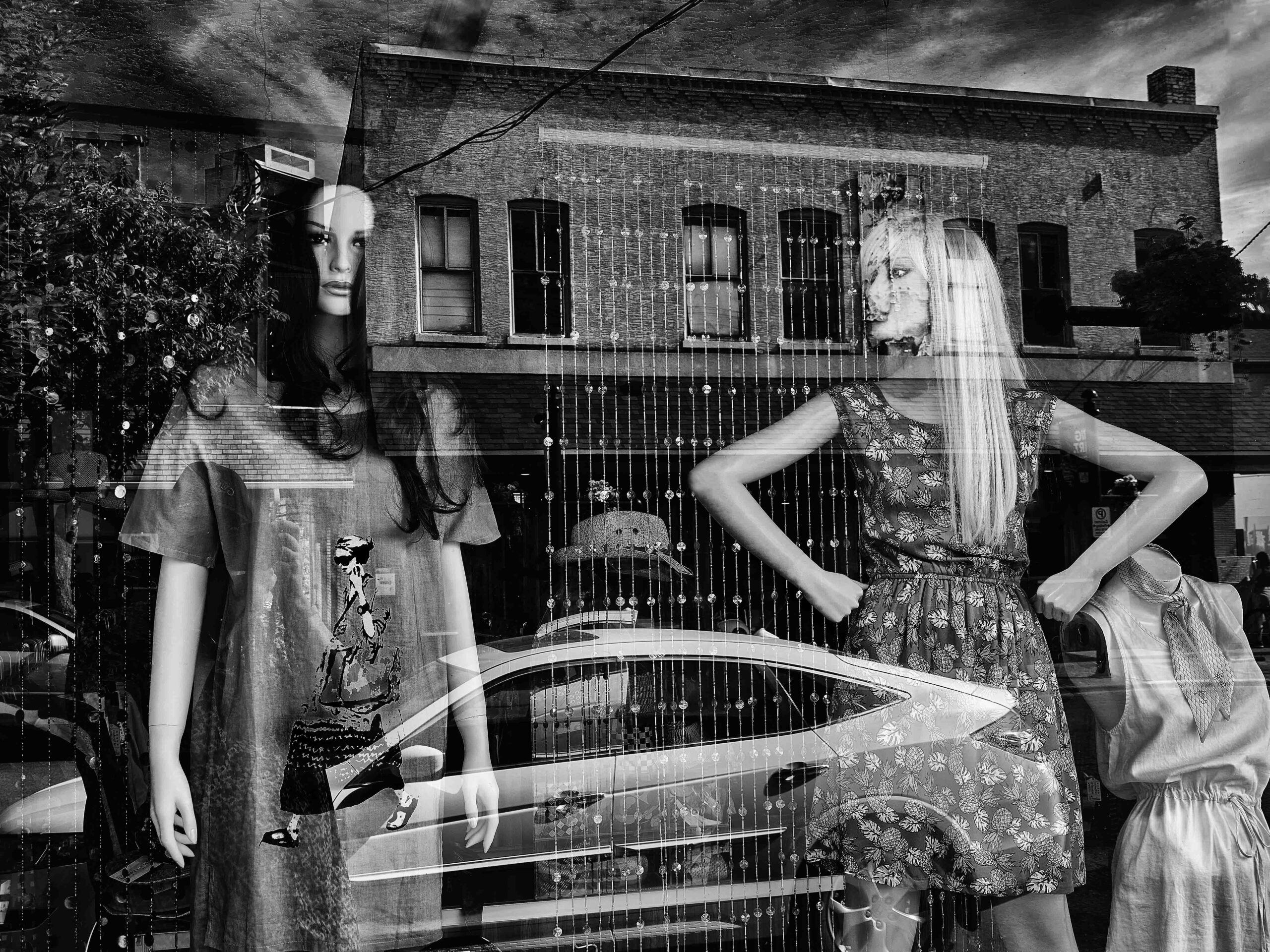


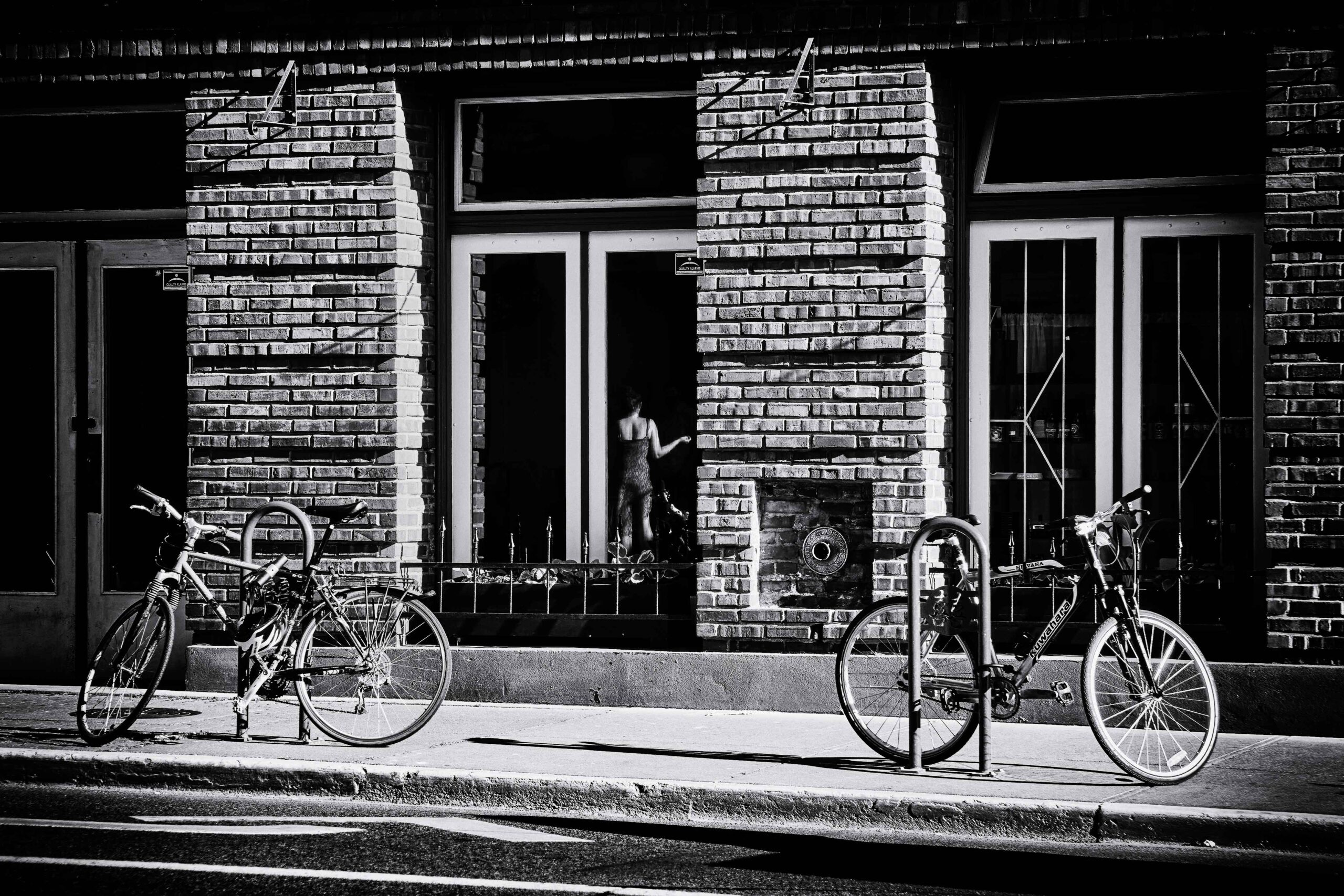
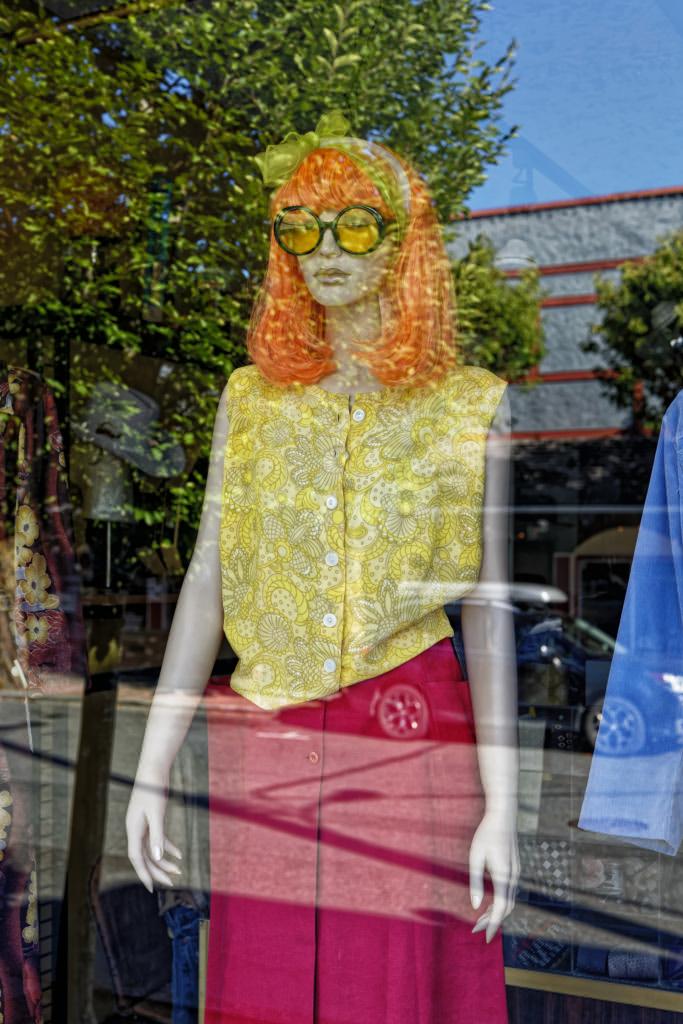
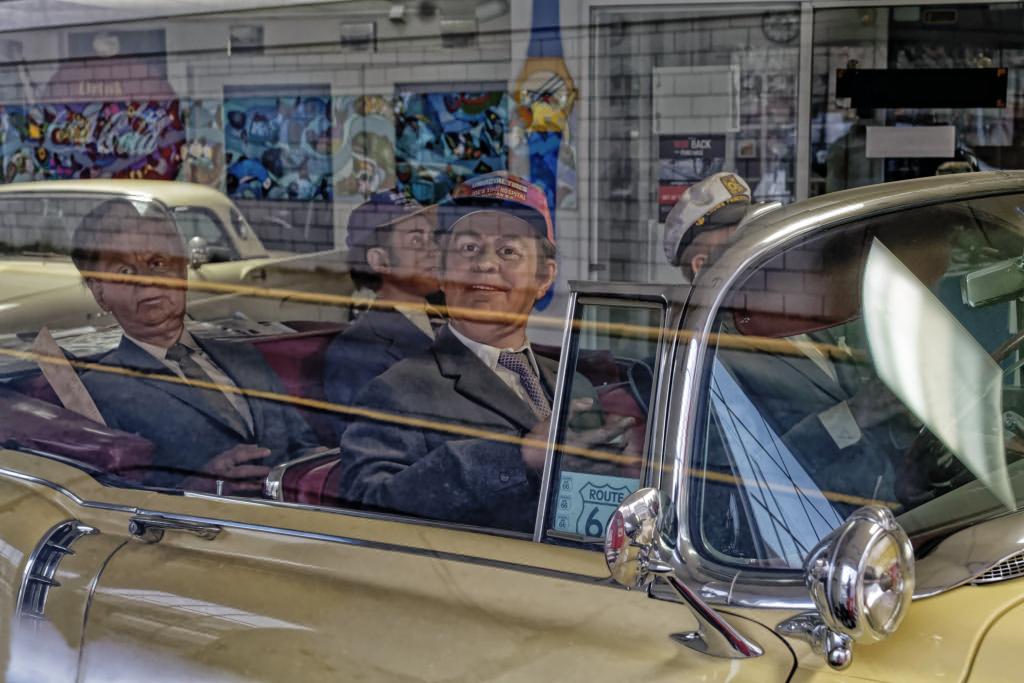
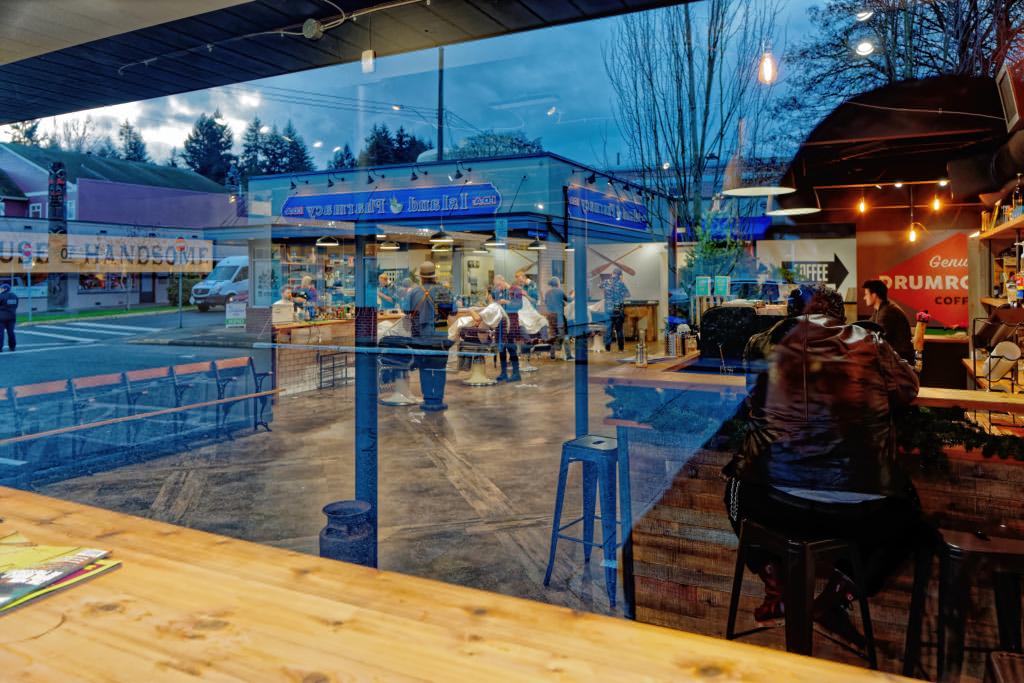
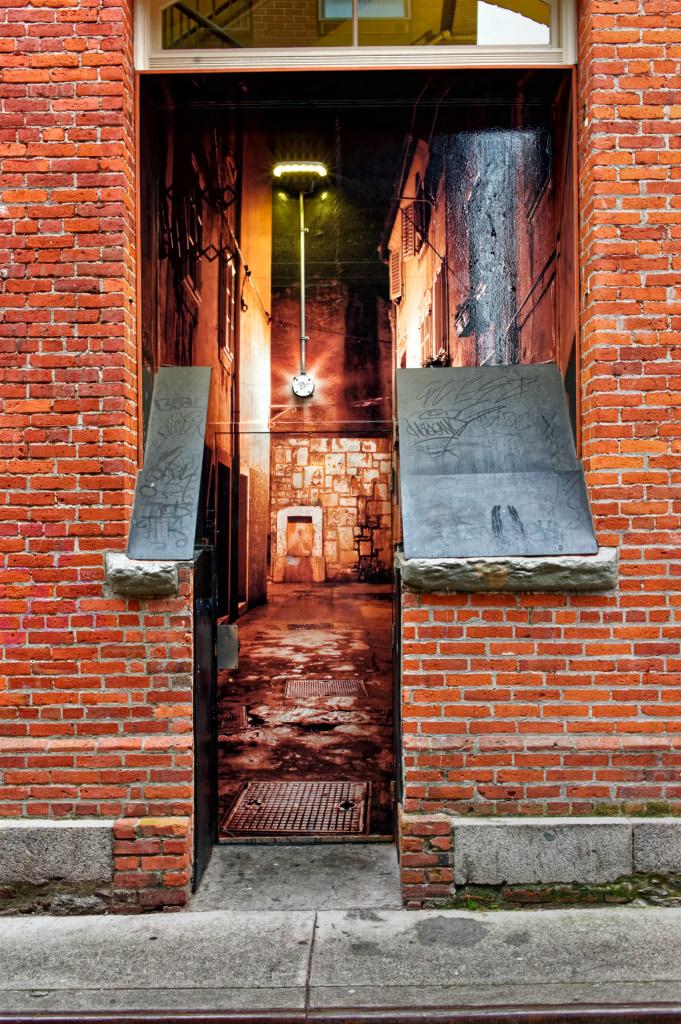
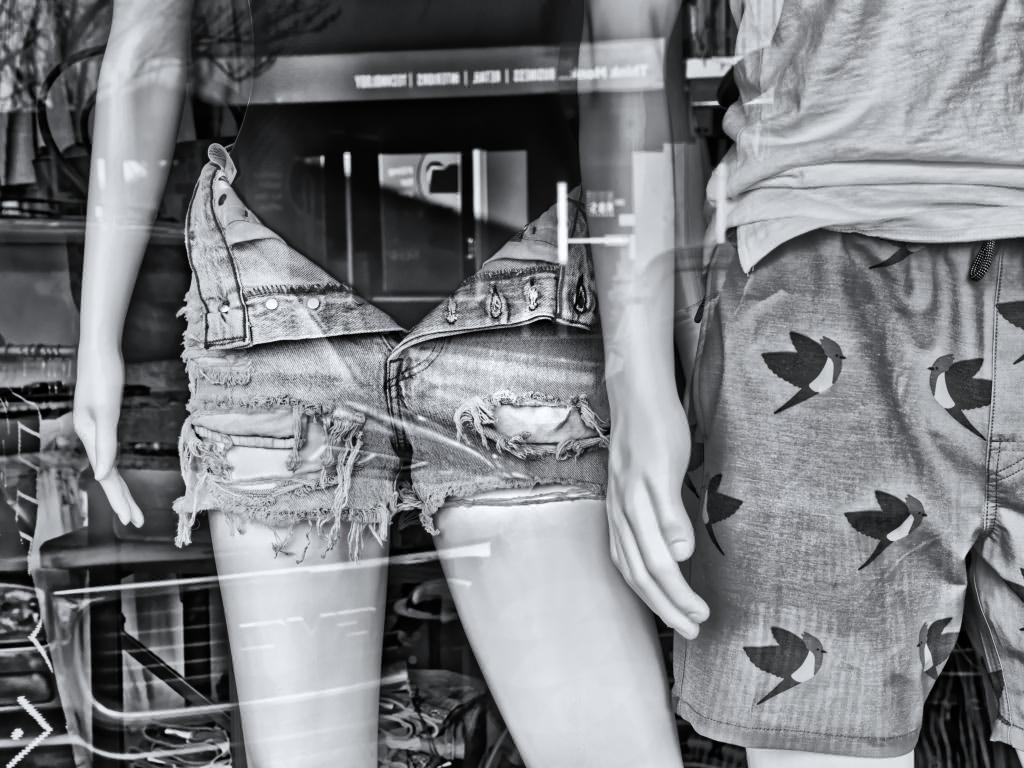
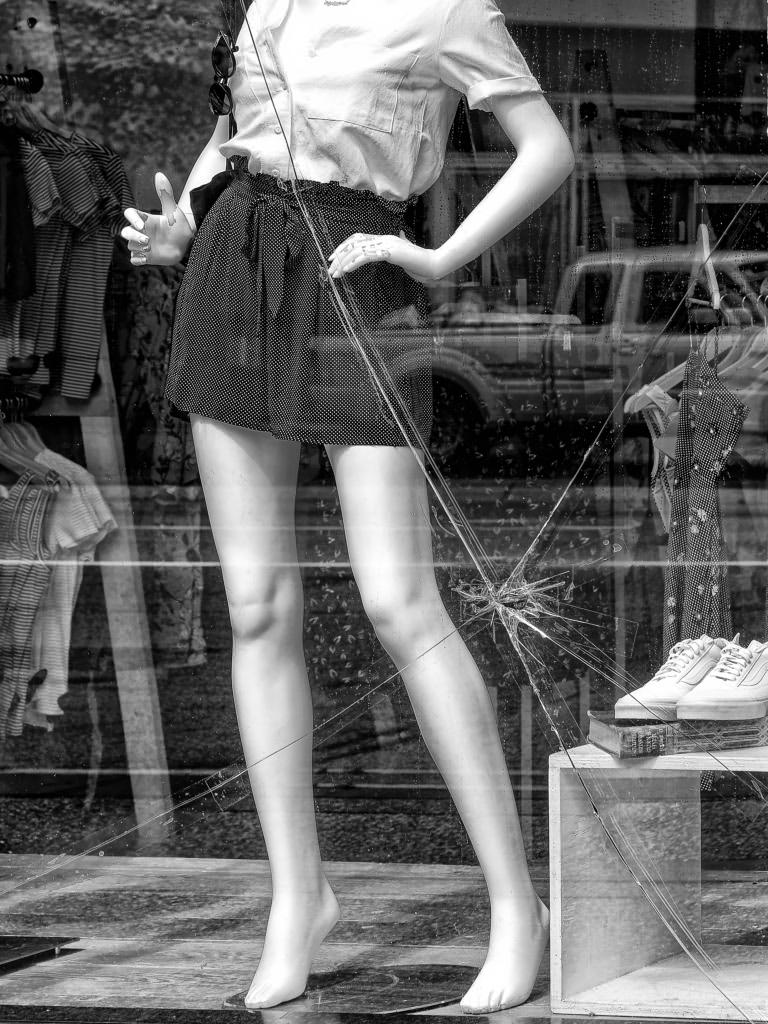
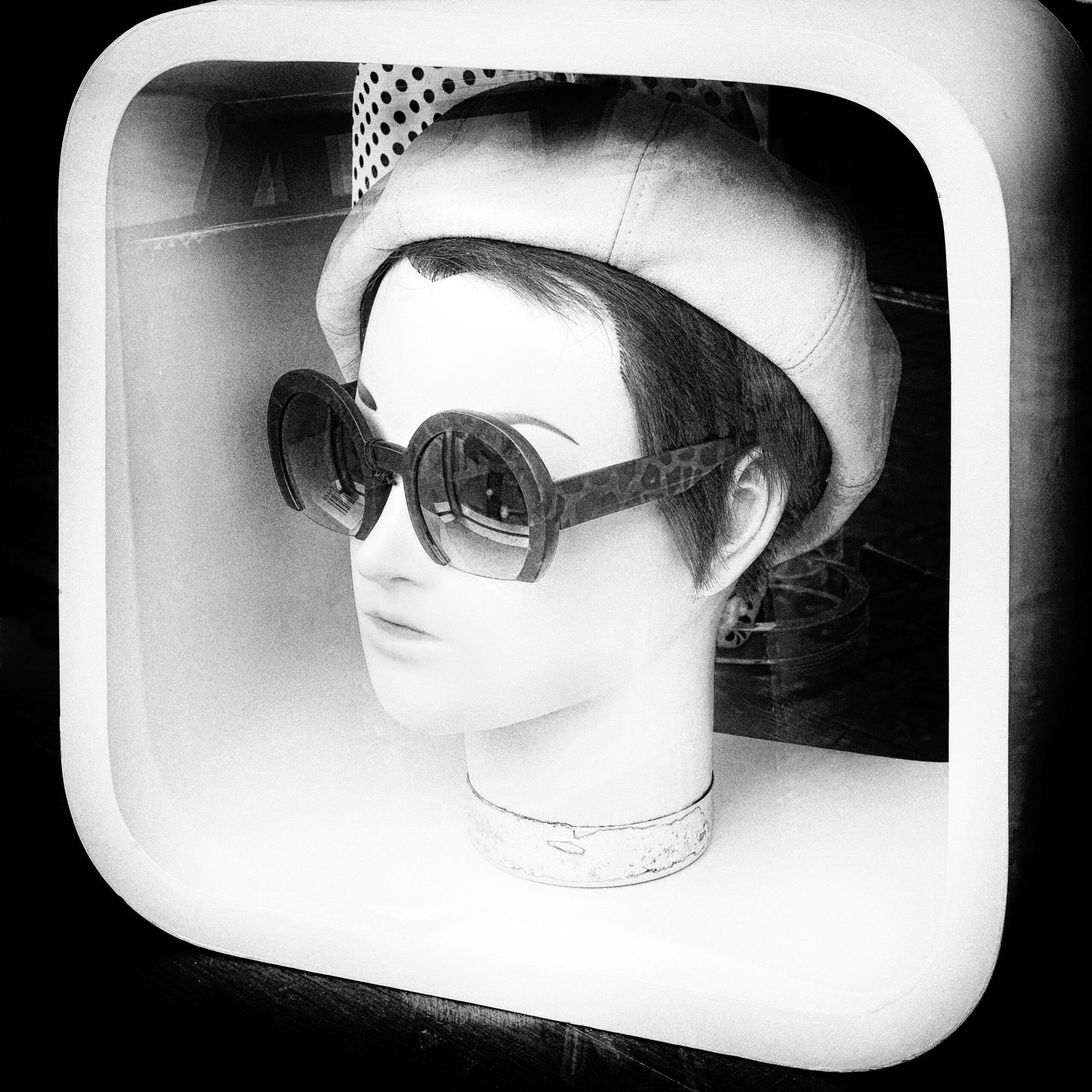

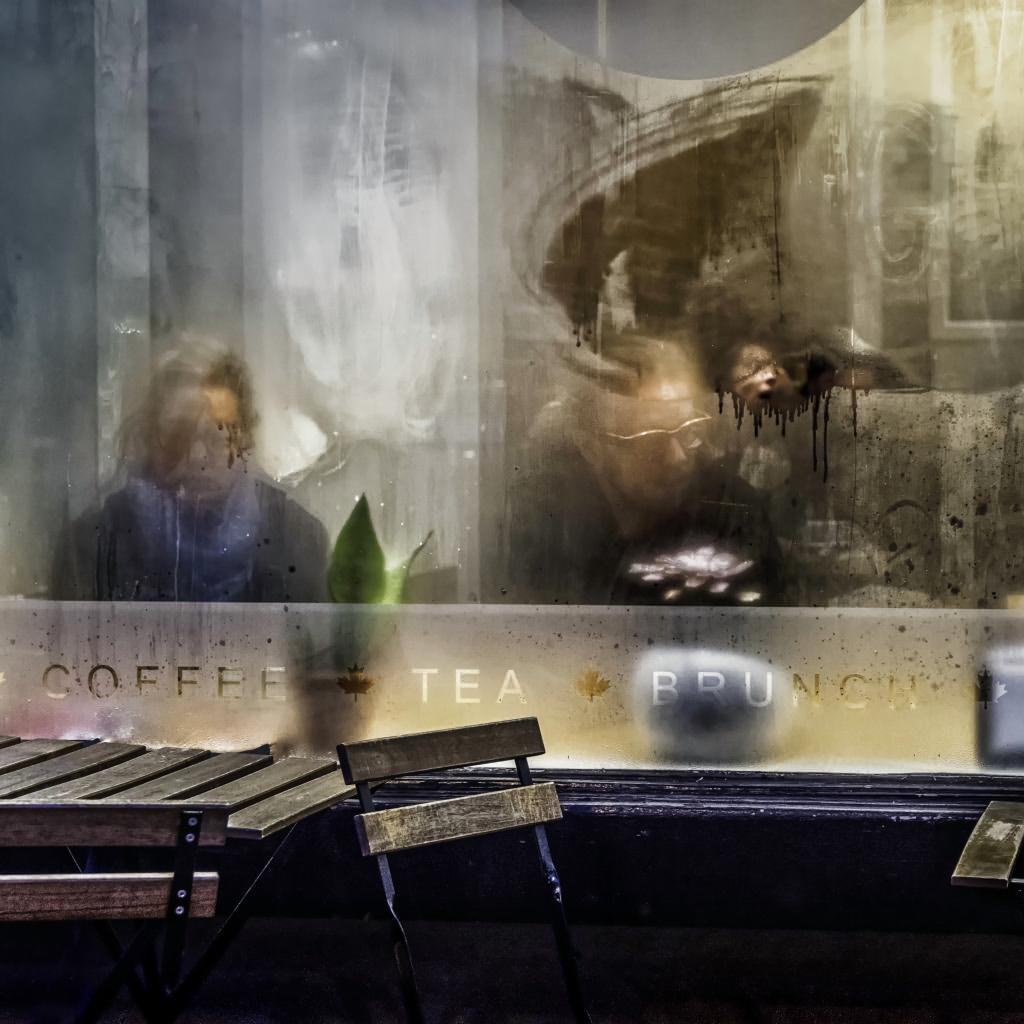


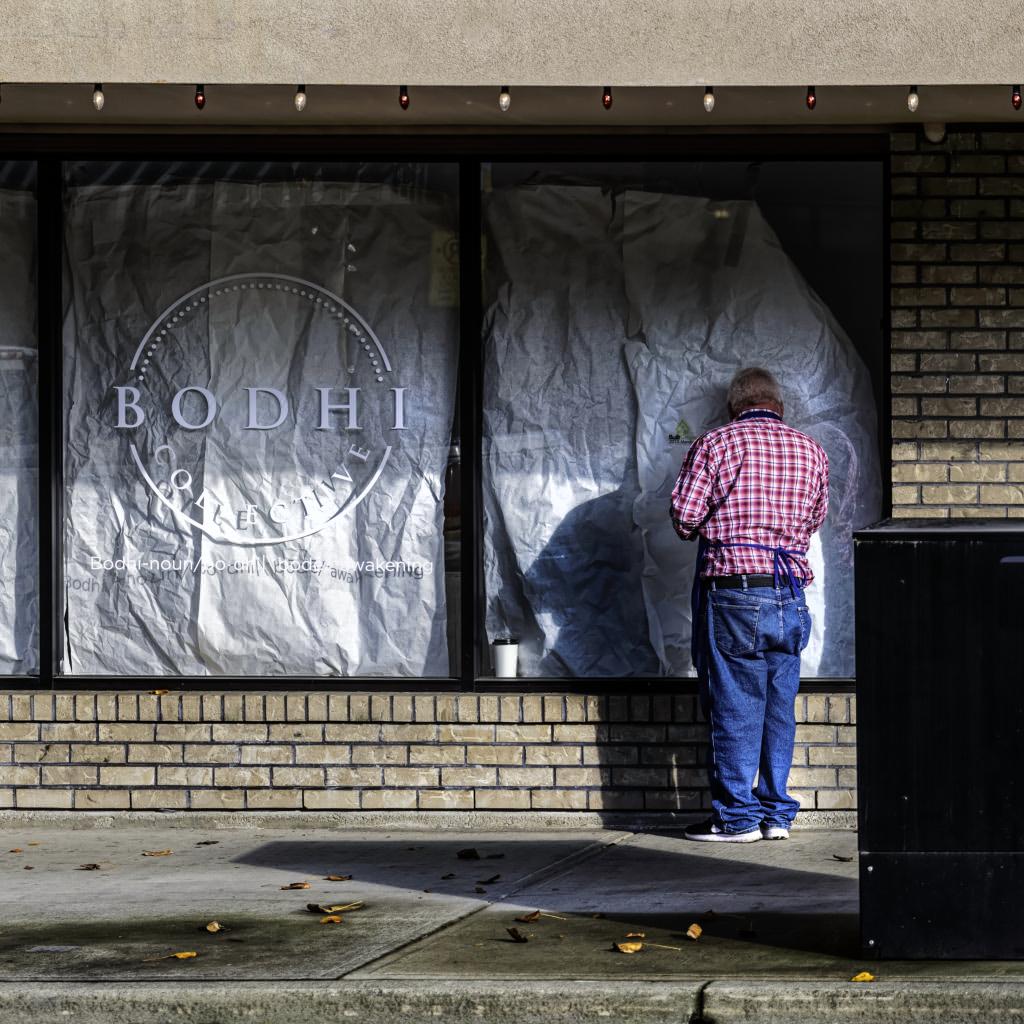
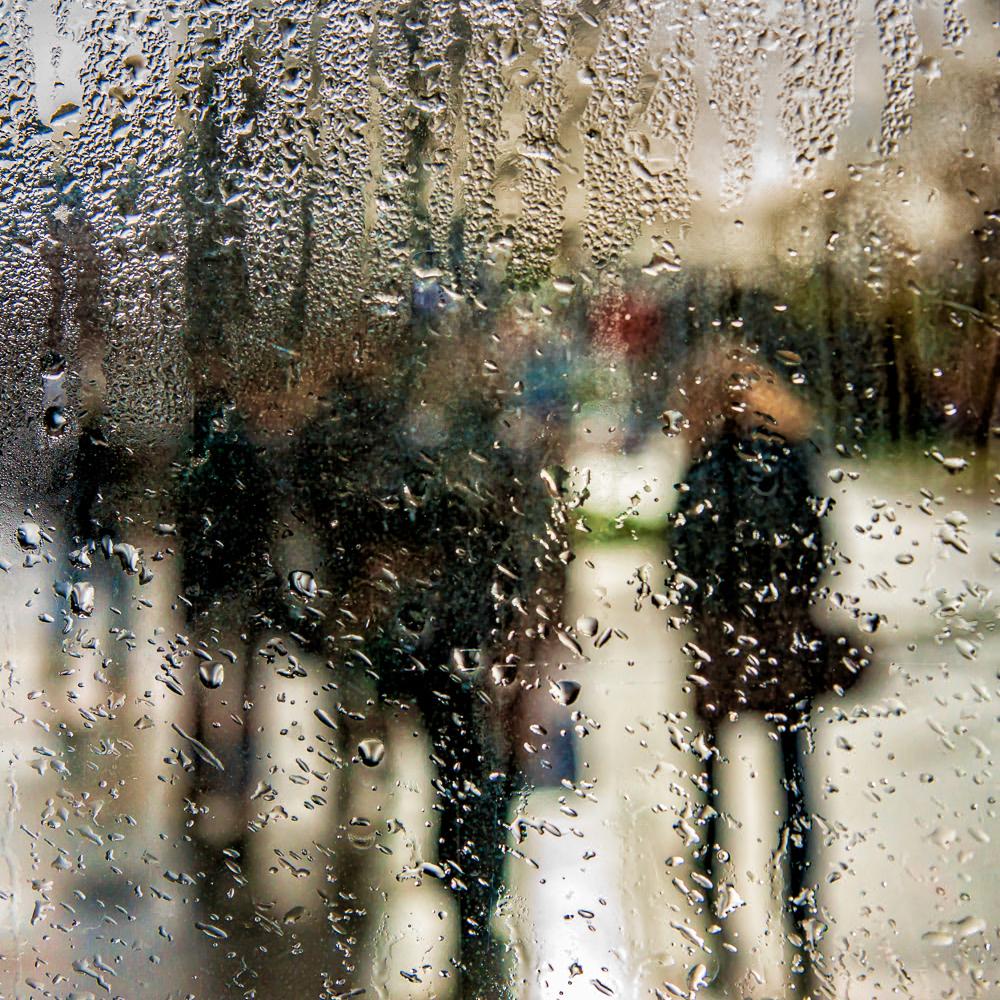


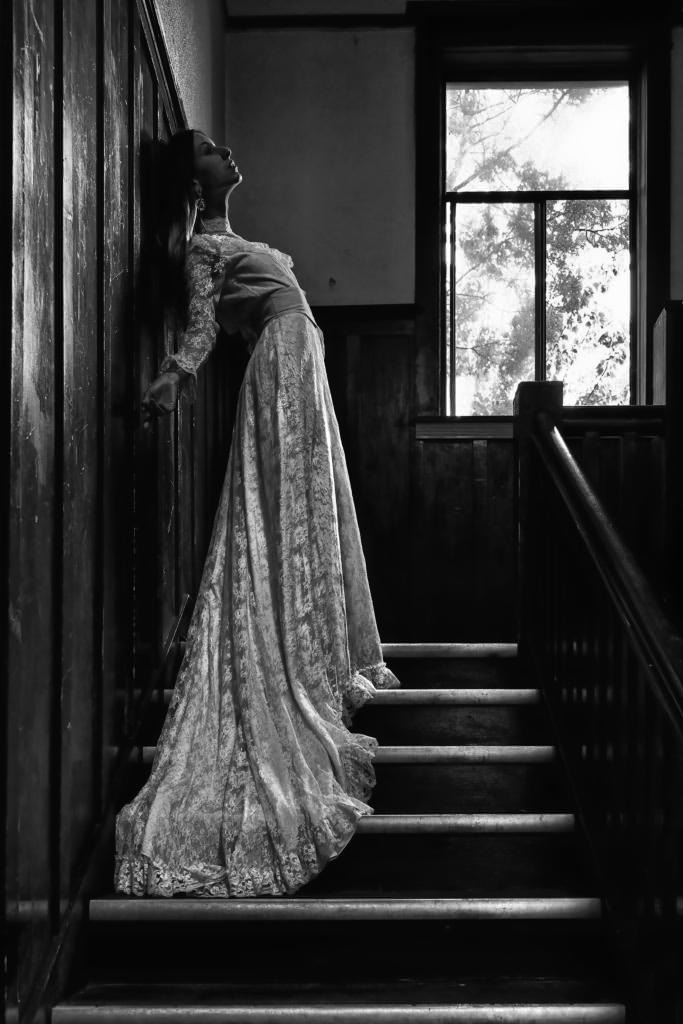
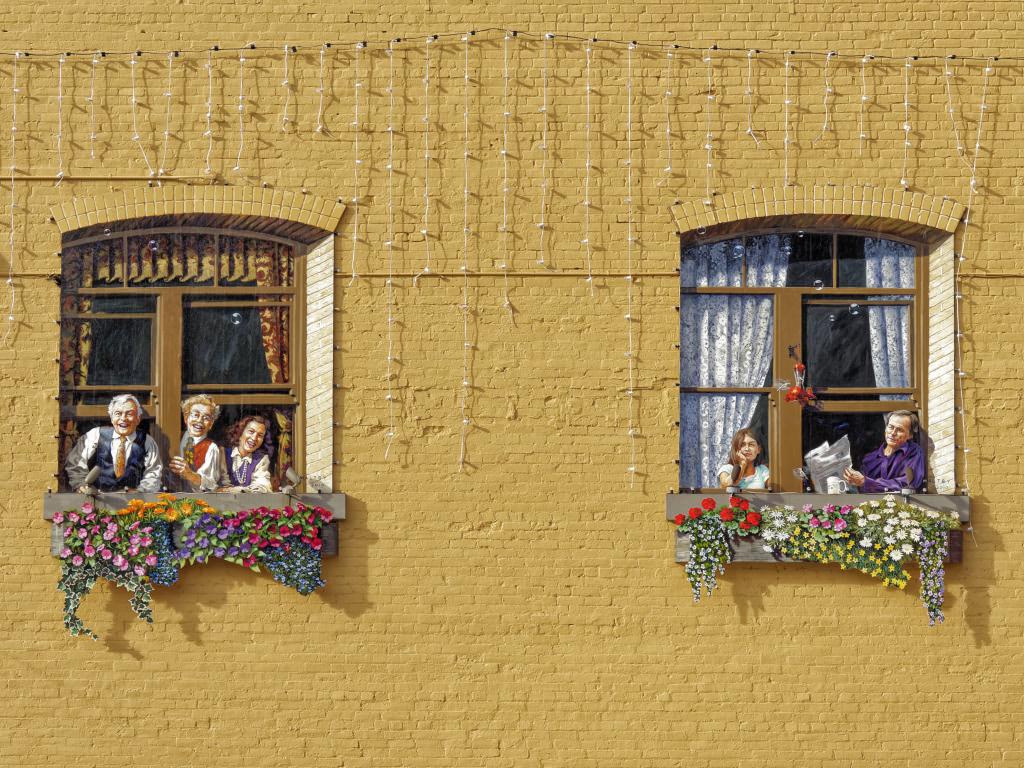




Thanks Brian for a thoughtful article. My favorite is shadowy figures. I like the rain effect through the glass of a bus stop thoroughly.
Jean
Hi Jean, thanks for your kind comment.
Hi Brian, many thanks for putting pen to paper and sharing this fascinating article. It was very interesting to read of your approach to taking photos and your exploration of this branch of photography. I hope to visit Victoria before too long, since I am already on the West Coast of North America. It looks like a very photogenic city. I also look forward to reading more of your articles in the future! All the best, Keith
Hi Keith, I am pleased that you enjoyed the article. Victoria is a truly wonderful and worthwhile city to visit-especially for photography.
Thanks Brian,
An interesting perspective on life. I’ll look out for the reflections as I walk in town.
Kevin
Hi James, sorry for the delay in replying. I went on vacation just when this article was published. I will double check the equipment used after I return.
Wrong place for comment but I am on vacation.
Hi Kevin, thanks for your comment.
Hi Brian,
Lovely article. You gave me a lot to think about. My favourite shot is “Shadowy figures”. I love the abstract look along with the colours. Really beautiful. Which camera and lens did you use?
I was in Victoria 12 years ago and got the exact same photo of the yellow mural (the second last in your article). Only difference are the hanging lights and window boxes that have been added since my visit.
Cheers, Jim B
Thanks for taking us on the journey along parallel worlds Brian. Great to see the series of reflection photos, a style that looks deceptively simple but is incredibly hard. The muscle memory works well here for you it seems. Great post!
Hi Erwin, I am happy that you enjoyed the article. As you astutely noted, the processing of the reflection images is not trivial especially at first. The blessing of learning how to create layers in the image is that I am much more skilled at processing general black and white images.
Thanks Brian. An enjoyable article. Well worth the wait as you put it together.
Your images illustrate that everyday sights provide opportunities if we just decide to see them differently. Some good ones in that compilation.
And for me a lesson – simply playing with a camera when at home, so that it’s use is second nature when out and about with it. Henceforth the Fuji xe3 will be moved from a dead zone in my study to the coffee table in front of the brown couch that my wife calls “mission control”. Why? It’s time I got comfortable with that irritating joystick control.
Hi Wayne, thanks for your kind comment. I find playing with settings and practicing manual focus periodically in the comfort of my home helps the camera become a natural extension of my arm.
Thank you for this hugely fascinating article and the many learning points you offer. I love the notion of “parallel worlds” and how you translate that into such immensely varied images. I shall certainly read again in order to mark, learn, and inwardly digest as the saying goes.
(And just by the way – I’d be very happy to give your M-E a good, loving home…………!)
Hi John, I am delighted that you enjoyed the article and you just might be the perfect owner for the m-e.